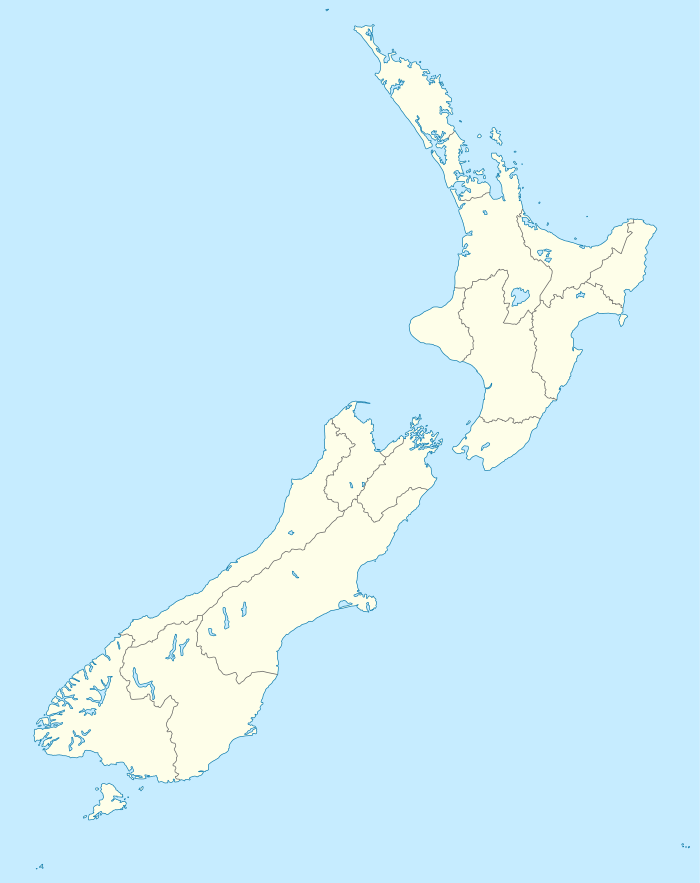Birdling's Flat
 Birdling's Flat |
Birdling's Flat, originally named Te Mata Hapuku, is a settlement in Canterbury, New Zealand, close to the shore of Lake Ellesmere / Te Waihora.


Birdling's Flat also commonly refers to the nearby pebble beach that is part of Kaitorete Spit. The beach is well known as a place to find small Agates and a variety of other attractive rounded pebbles.
Birdling's Flat is named for the Birdling family, who were the first European Settlers to farm the area. William Birdling was the first member of the Birdling family to arrive in New Zealand. He was employed by George Rhodes in 1843 to come to Banks Peninsula and work as his overseer. William built a house, Waikoko, in the area which was later to bear his name.
On 16 May 1882, a branch line railway was opened to Birdling's Flat from a junction with the Southbridge Branch in Lincoln. This line became known as the Little River Branch, with the extension to Little River opened on 11 March 1886. The railway served Birdling's Flat until its closure on 30 June 1962. The railway's old formation remained well preserved and has now been revitalised into a public walking and cycling track, the Little River Rail Trail.
It has been used as a launch site for sounding rockets. The University of Canterbury has a meteorological research station based there. Hector's Dolphins live along the beach in notable numbers,[1] and whales,[2] Fur seals, much rarer whales and Elephant Seals are known to appear to cavort and rest.
References
- Bradley, Barry (1999). New Zealand Atlas. Auckland, NZ: Penguin Books. ISBN 0-14-028914-3.
- Reed, A. W. (2002). The Reed Dictionary of New Zealand Place Names. Auckland: Reed Books. ISBN 0-7900-0761-4.
External links
| Wikimedia Commons has media related to Birdling's Flat. |
- Encyclopedia Astronautica - Birdling's Flat
- University of Canterbury - Birdling's Flat radars
Coordinates: 43°49′28″S 172°42′21″E / 43.824415°S 172.70575°E
| ||||||||||